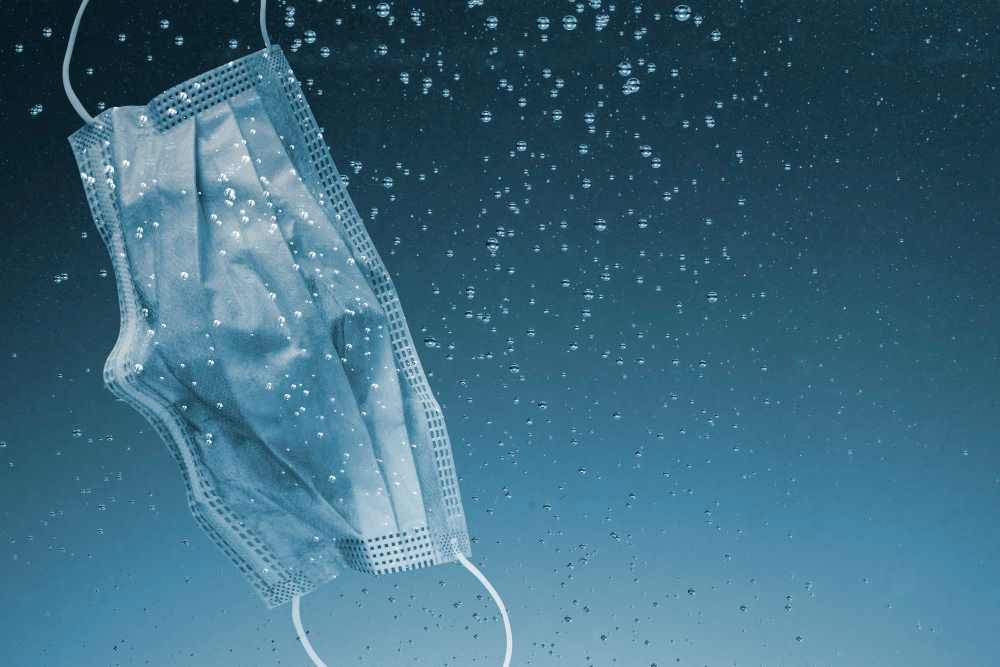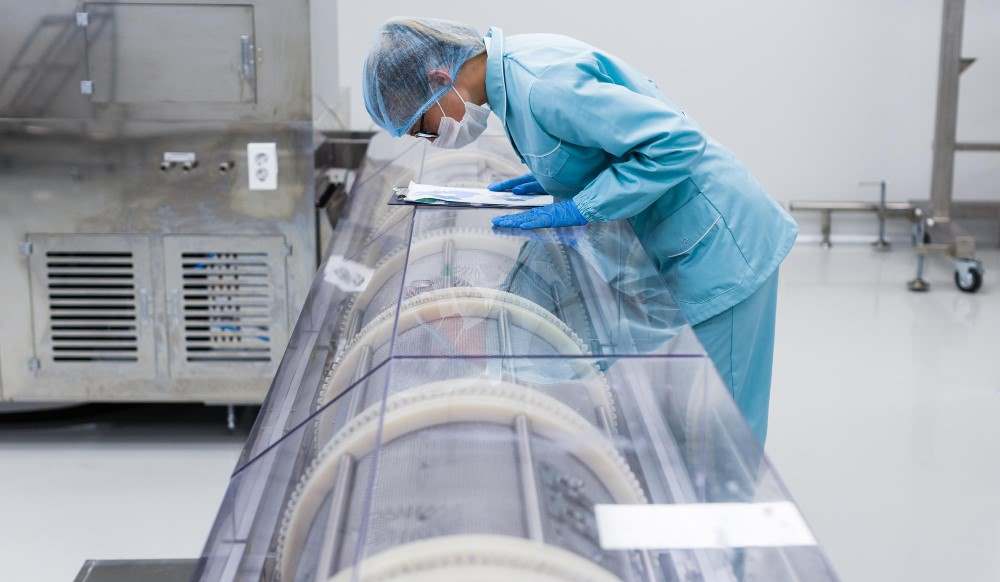Turning Old Masks into EMI Shielding Polymers
How nanotechnology can upcycle polymers to meet the demands of modern industry and advanced manufacturing.

Since 2020, billions of disposable masks have been consumed worldwide, leaving behind a staggering volume of difficult to recycle, slow to degrade, and costly to dispose of polypropylene (PP) waste.
Traditional methods such as incineration or landfilling carry clear environmental risks and mounting regulatory scrutiny, but what if these waste masks could be turned into something not only useful, but commercially valuable?
Well now, nanotechnology research has demonstrated a practical route to transform discarded masks into high-performance polymer nanocomposites with outstanding thermal conductivity and electromagnetic interference (EMI) shielding properties. It is a discovery which manufacturers working in specialised markets may find could open the door to both cost savings and competitive advantage.

The innovation lies in combining PP fibres recovered from masks with graphene nanoplatelets (GNPs) through a controlled treatment and assembly process. Here the PP fibres function as a structural backbone while the graphene creates continuous, conductive networks inside the polymer matrix.
The resulting nanocomposite exhibits impressive characteristics:
· Thermal conductivity: 87 W m−1 K−1, enabling efficient heat dissipation in electronic devices.
· EMI shielding effectiveness: 88 dB (1100 dB cm−1), suitable for sensitive electronic equipment.
· Mechanical properties: high flexural stress of 45 MPa and an acceptable tensile stress of 14 MPa.
The key to these enhancements lies in the uniform distribution of graphene along the tannic-acid-coated PP fibres, creating continuous pathways for both heat and electrical conduction.
Testing even proved the polymer’s mechanical endurance, with the study, now published in the journal Nano-Micro Letters, stating that the, “… nanocomposite exhibits excellent reliability and durability under harsh conditions. After 100 friction cycle tests, the EMI SE and TC [thermal conductivity] of PP@G [the nanocomposite] remained above 67% and 92%, respectively. Moreover, after being exposed to extreme temperature (−30 and 100 °C) for 24 h, the EMI SE of PP@G [the nanocomposite] increased to 124% and 132%, respectively, while the TC remained at 101% for both temperatures.”
In effect, a low-value waste stream is upcycled into a dual-function material, able to manage both heat dissipation and electromagnetic protection — two of the most pressing challenges in modern electronics manufacturing.
Related articles: Nanomaterials + Polymers + Light = Antimicrobial Coatings or Nano-scale Reinforcement for Multifunctional Polymers
From a business perspective, the approach is compelling, providing a cost-efficient raw material with huge market potential in the electronics, automotive, and aerospace sectors. This is especially significant with the expansion of 5G, IoT, electric vehicles, and miniaturised electronics pushing demand for lightweight, effective EMI shielding materials.
This creates an attractive proposition for polymer manufacturers as the conversion of disposable PP masks into high-performance nanocomposites represents a triple win: it addresses environmental waste, delivers industrial-grade materials, and opens new economic opportunities.

Of course, challenges remain, as scaling from laboratory to industrial volumes will require ensuring uniform nanomaterial dispersion across large batches, maintaining consistency in feedstock quality (not all masks are alike), and building efficient logistics for collection and preprocessing of inputs.
However, these are typical hurdles in polymer upcycling which are manageable with the right partnerships and process optimisation.
This research underscores the potential of nanotechnology in sustainable polymer innovation, illustrating how nanotechnology can turn ordinary polymers into extraordinary industrial feedstocks by adding properties such as conductivity, shielding, and eco-friendliness.

For manufacturers, the upcycling of disposable masks into graphene-enhanced polymers is not just a response to waste challenges, but a profitable strategy to unlock higher-value applications.
Modern manufacturing demands more from the raw materials it uses. From eco-friendly to specialised properties, nanotechnology can help modify polymer feedstocks to provide the unique selling points which industry needs.
To learn more about how nanotechnology can transform regular polymers into specialised feedstocks by enhancing qualities of mechanical strength and durability, or by adding other properties such as chemical resistance, electrical conductivity, or UV resistance, then contact the experts at POLYMER NANO CENTRUM.
The company operates a state-of-the-art, privately owned nanotechnology centre equipped with specialized laboratories designed for polymer nanostructuring. This facility enables POLYMER NANO CENTRUM (which hosts this website) to develop unique nanocomposite materials that address specific industrial challenges, such as improving plastic packaging or enhancing coating performance.
To find out more contact info@polymernanocentrum.cz or visit POLYMER NANO CENTRUM.
Photo credit: Wirestock on Freepik, Raw pixel, Raw pixel, & Usertrmk

